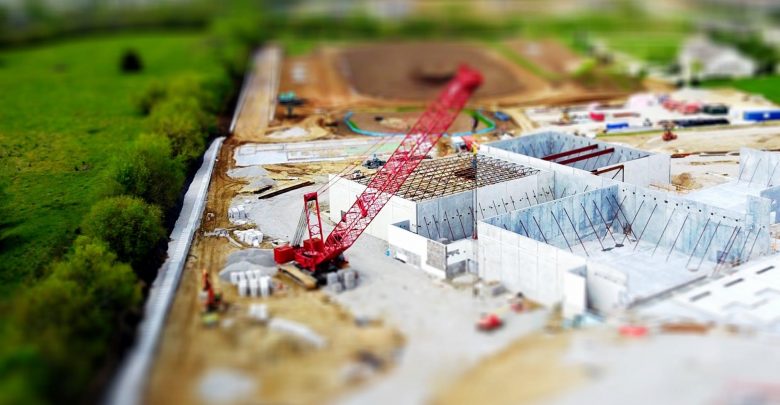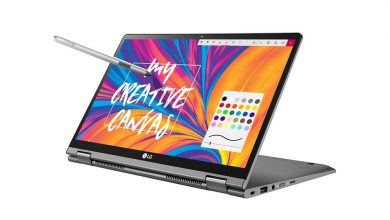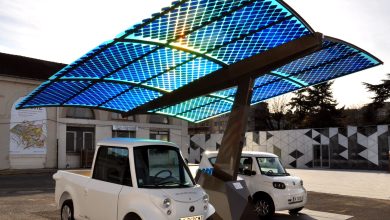
3D printing in construction has the potential to revolutionize the industry in the future. 3D printing has found use in all sectors from architecture to engineering, construction to the aerospace sector and even in the healthcare for the replacement of human organs. Many experts consider this technology as the beginning of the so-called fourth industrial revolution because of the wide range of possibilities that its use allows.
The question that arises is if 3D printing will be able to replace man-made houses? Will this technique be used to build future homes? How this technology is going to affect our lives? Read on to find out the answers to the above questions.
What is 3D printing?
First thing first. Before talking about the use of 3D technology in the construction sector, first, let us try to understand what exactly is 3D printing. 3D printing is a technology that creates a real object in three dimensions, unlike a conventional printer that produces a flat object on paper. There is specific design software that can draw an object on a computer to obtain a 3D model. The model is then sent to a special printer which manufactures it layer by layer in the selected material. You can choose from a wide variety of materials such as metal, ceramic, plastic and wood among others. The superimposition of the layers allows the end to obtain a solid object in three dimensions.
This technology has grown exponentially since 2003. In the beginning, 3D printers were excessively expensive but over time have become much more affordable and have become accessible to common man too though the more sophisticated ones are still a little expensive. This invention was designed by an American engineer named Chuck Hull and patented it in 1986. The current process of 3D printing was initially called stereolithography. It consists of the union of molecules thanks to the use of ultraviolet laser light that creates solid forms from a photopolymer liquid.
Now let us talk about what benefits 3D printers can offer in the construction sector.
Advantages of 3D printing in construction
Less Wastage
With 3D printing, there is a significant drop in material waste. With 3D printers, only the exact quantity of concrete that you need to build any part will be utilized, let it be floor, wall or any other part. Builders are not required to order the material in bulk as with 3D technology, they know the material requirement accurately. So, this makes the technology a more eco-friendly choice and also means a significant decrease in the costs for a contractor.
Reduced Costs
One big advantage with 3d Printers is that you do not need a lot of labor. In the future when the robots are autonomous and more intelligent, it will be the robots that would be able to complete a construction only by themselves. We are already seeing that houses are being built with this technology in less than 24 hours. This will make it very cheap to build with this method.
Quicker Construction
3D printers stand out in the fact that where it may take weeks or even month to complete a project, with this technology, a project can be finished in a matter of days or even less. With less time needed to complete a project, contractors are able to take more project; and this means more money for them.
Reduced risk of Injury
3D printing technology is also a safer alternative for construction workers. It definitely has reduced the risk of injuries and accidents. Thus, technology is not only making the work of constructions’ workers easier but is also safer.
Improved Form
The fact that 3D printers are able to create atypical design structures is well-known. This has allowed the construction companies to offer unique buildings design to their clients and thus opening their gates to certain individuals who prefer something different.
Better Durability
As mentioned above, with 3D printers an architect can be totally flexible when it comes to designing a structure. 3D printers allow the building of curvilinear structures whereas the usual practice is of building rectilinear forms. Using composite and concrete mixture, these curvilinear structures are built using 3D technology and these offer the sturdiest structural designs, especially when you compare it to rectangular forms.
More Precise Building
It has also been seen that 3D Printed structures have better and more accurate results. The reason is that the design file is passed directly from the computer to the machine, without any contact with human hand whatsoever. The design file translates directly to the structure and thus there are no interpretations at all.
Better for Environment
As we have seen, there is a considerable reduction in waste with 3D printing. This fact can be a brilliant method to improve your goodwill amongst the customers who are concerned about the environment. Thus, you not only help the planet but also create a brand name for yourself.
Conclusion
3D Printing technology is still in very early stages when it comes to the construction industry, so it may be too early to say what happens in the future. However, given so many advantages of building using this technology, we can safely say 3D printers have a bright future in the construction sector.



